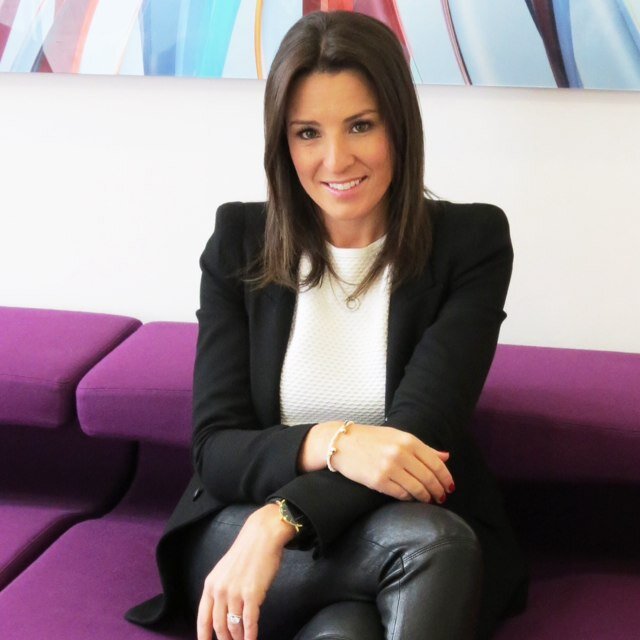Irish investor Nicola McClafferty knows more than most about start-ups. She spends a lot of her time dissuading entrepreneurs from going down the venture capital route. “There are so many businesses for which VC is just not the right model,” she says, joking that this is not necessarily the message she should be getting out there. For those unfamiliar with McClafferty, she is a director at one of Europe’s leading tech venture capital firms, London-based Draper Esprit. Saying “no” a lot goes with the territory. As a tech-focused European VC, Draper Esprit deploys about €100 million annually, investing in start-ups at…
Cancel at any time. Are you already a member? Log in here.
Want to continue reading?
Introductory offer: Sign up today and pay €200 for an annual membership, a saving of €50.

